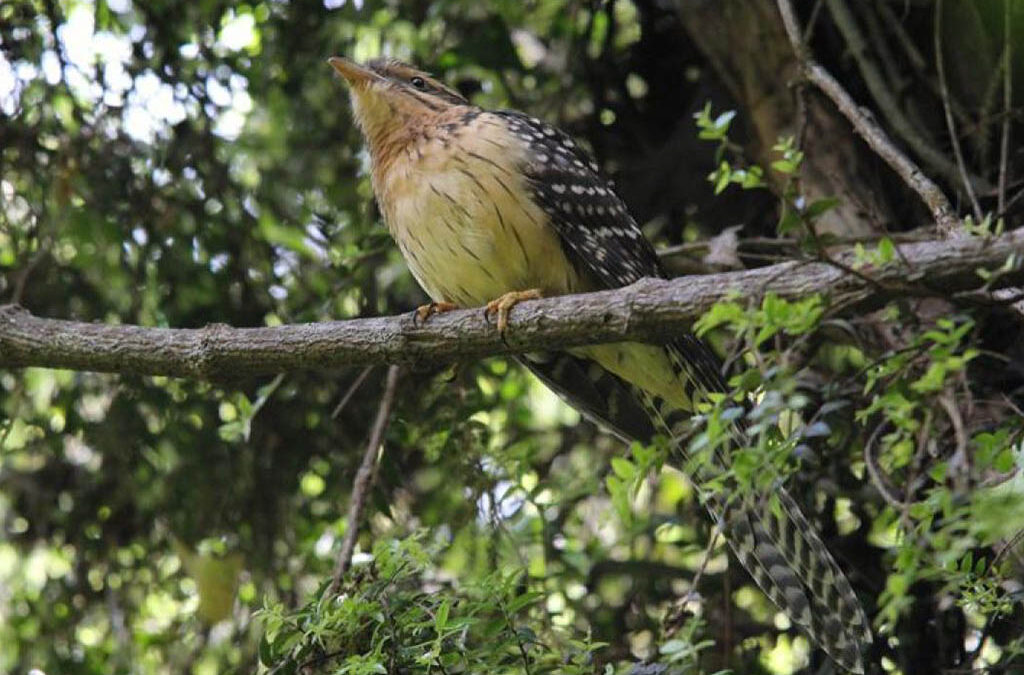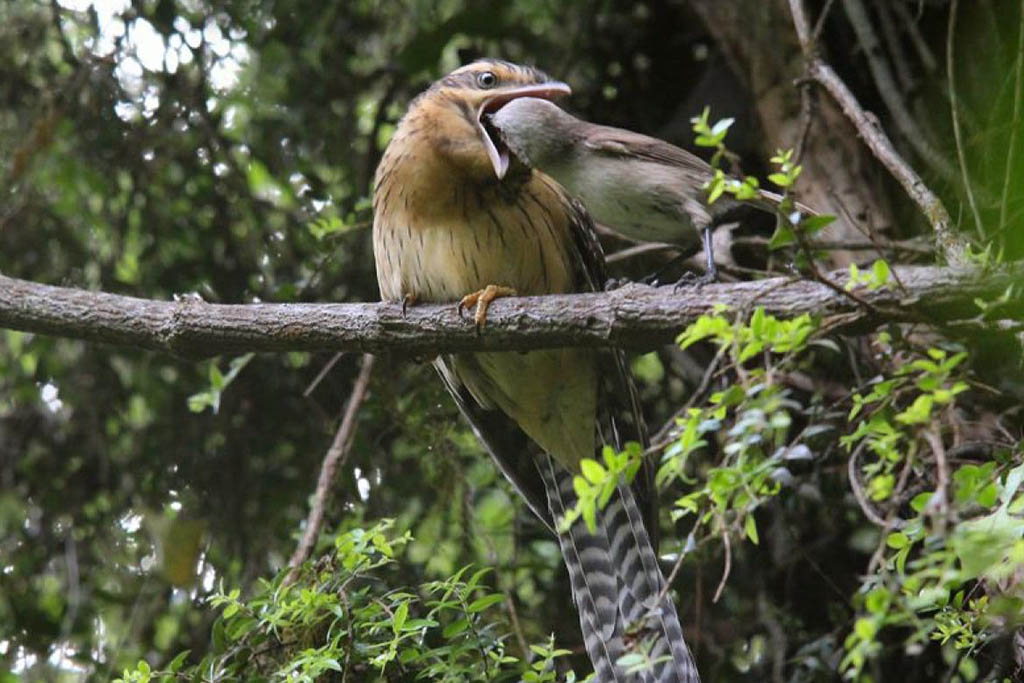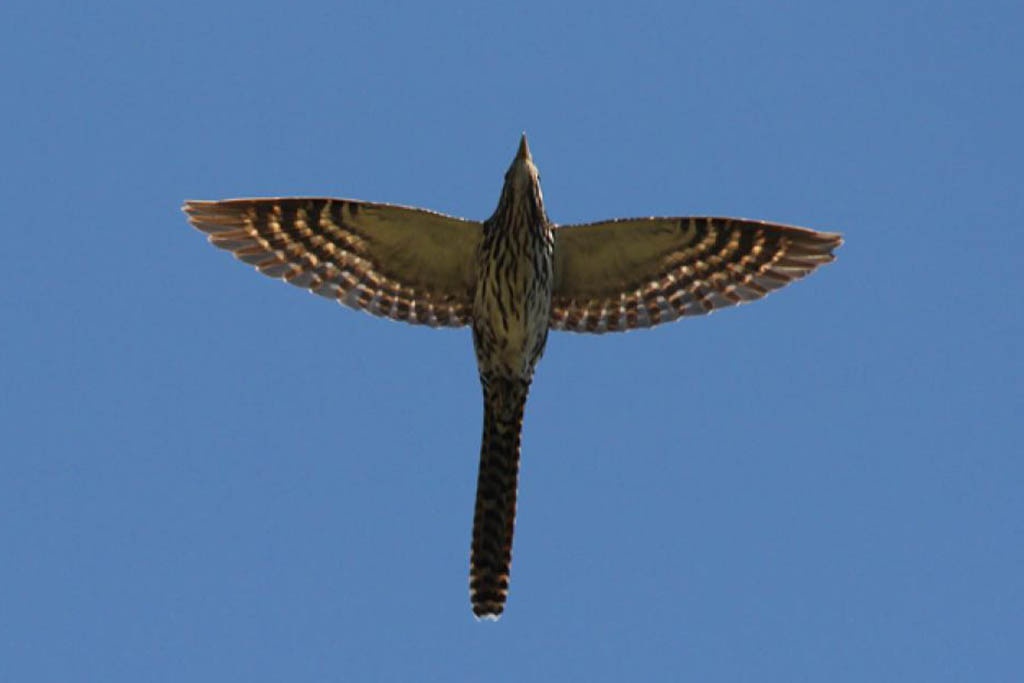One of our favourite New Zealand native birds is the Koekoeā, or long-tailed cuckoo! Did you know that these birds are only spotted or heard on our tours during the summer months of the year? Where do they spend the rest of the year?
Long-tailed cuckoo can be hard to spot but they can be heard miles away with their distinctive, piercing and loud whistling call. We occasionally spot long tailed cuckoos but we mainly hear them in the Dansey Road Scenic Reserve. This is where Rotorua Canopy Tours operates zipline tours. There are two types of cuckoo we find in NZ – the long-tailed and the shining cuckoo, they have similar behaviors but the long-tailed cuckoo is the more common of these two New Zealand native birds and a regular visitor to the Dansey Road Scenic Reserve.
1. Where is the long-tailed cuckoo during the winter months?
These New Zealand native birds migrate to New Zealand from the Pacific such as the Pacific Islands and the Solomon Islands.
2. When do they arrive and leave?
They arrive during summer throughout September/October and then migrate back to the Pacific during the New Zealand winter in February/March.

Photo: Long-tailed cuckoo. (Photo from New Zealand Birds Online)
3. What do these New Zealand native birds do while they are in New Zealand?
Long-tailed cuckoo migrate to New Zealand to lay their eggs in forested areas throughout the country, which is why you can find them in the Dansey Road Scenic Reserve.
4. Where do they lay their eggs?
Long-tailed cuckoo are parasites on other birds and lay an egg in another birds nest. When the egg hatches it tips out the host birds’ eggs or chicks leaving the host birds to bring up the baby cuckoo as the foster parents.
5. Which birds’ nests do they lay their eggs in at Dansey Road Scenic Reserve?
The long-tailed cuckoo birds target other New Zealand native birds, the grey warbler, the whitehead and sometimes the tomtit in the Dansey Road Scenic Reserve. These birds usually have eggs in their nests around the time of year the cuckoo arrive, so it is easy for the long-tailed cuckoo place its egg in the nest without the host noticing.

Photo: A whitehead foster parent feeding a young long-tailed cuckoo (Photo from New Zealand Birds Online)
6. How long are the young cuckoos looked after for?
The foster birds look after the young long-tailed cuckoo for four weeks before it flies back to the Pacific to join up with other long-tailed cuckoo.
7. What is the distance of their migration?
The long-tailed cuckoo fly approximately 5000 kilometers from the Pacific Islands to New Zealand. To understand this distance it actually equates to three times the length of New Zealand, which would take us about four days to drive!

Photo: Long-tailed Cuckoo in flight. (Photo from New Zealand Birds Online)
8. How long does it take the long-tailed cuckoo to fly this distance?
They fly at about 80km per hour taking them about 2-3 days to cover the distance between the Pacific Islands and New Zealand.
Click this link to report sightings of shining and long-tailed cuckoo which will help contribute to the study of these New Zealand native birds and their migration patterns.